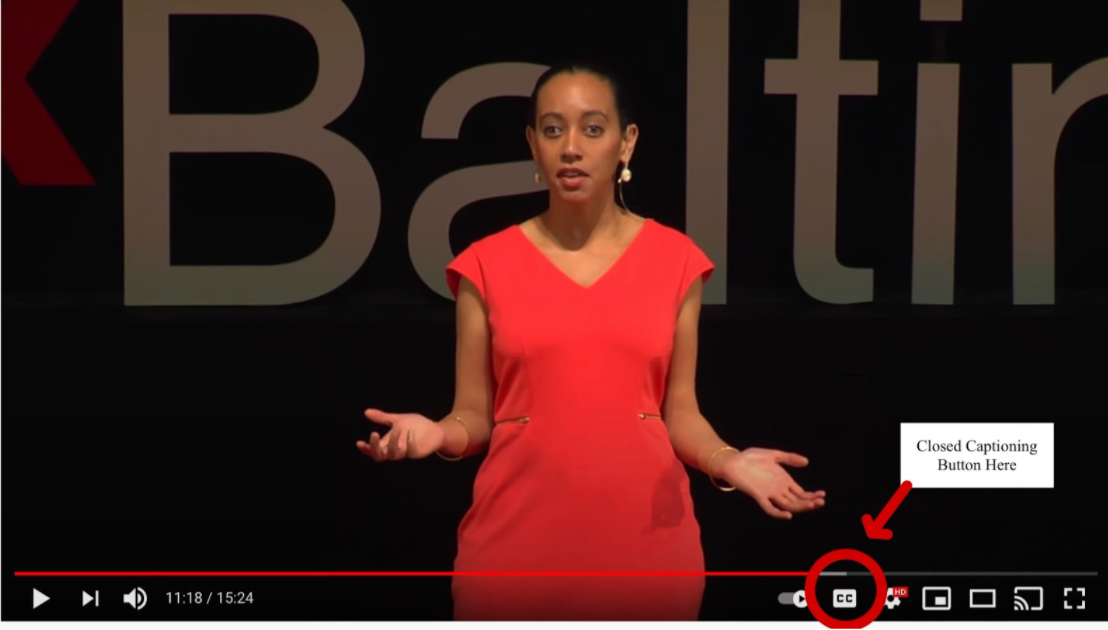Faculty Frequently Asked Questions - D/deaf & Hard of Hearing
A note about Disability as Diversity:
-
Ultimately, the goal is to make each course at USF as inclusive as possible for every student who attends USF regardless of race, religion, ethnicity, SES, and disability status.
-
Deaf/HOH students have the right to take every class offered at USF; including community engaged learning, labs, nursing courses, music, etc. Our work is to make these courses a welcoming and inclusive experience. SDS does not expect faculty to fundamentally alter their course in order to accommodate. We do expect faculty to welcome all students into their course and to work to accommodate as best they can under the ADA.
You will receive an email from the specialist before the semester starts informing you if a student who receives services is enrolled in your class
If a captioner or interpreter is assigned to your class, you will be informed about who that person is and be given instructions on how to integrate them into your class. For example:
-
If a captioner is in your class, you will need to add them to your Zoom course and Canvas course so they can have access to meeting times and materials, if necessary (think of a captioner like a wheelchair; they are a silent partner helping to grant access to your course for a student who cannot hear the audio portion of your class, but they do not participate in the course).
-
If an interpreter is in your class, extra chairs will be placed in your classroom
-
You may need to give service providers a copy of a syllabus or give them space in your classroom such as a chair or work out a good place for them to sit in class. Interpreters need to be in a clear line of site to the student who needs the service. Captioners need enough space for their equipment.
-
Captioners are not there to act as teaching assistants in your course; please do not ask them to run your class in your absence or give them responsibilities
Your responsibilities:
-
Think about the audio portions of your class and how they are delivered to students
- Think about what it might be like to go through your course as a Deaf/HOH student. Perhaps do a quick google search about the Deaf/HOH community. If you find that you use a lot of materials like videos, presentations with speaking portions and podcasts, this is a good time to take a look and see if they are captioned. If your materials are not captioned, decide if you will still use them and/or contact SDS to discuss closed captioning and transcription options and processes.
A: SDS is happy to help coordinate captioning and interpreting to make your class accessible! We are also happy to caption course materials for you. Here is what we need from you to help make this happen:
-
A flexible and inclusive approach to your curriculum & semester
-
Bringing/Sending SDS a list of your MP3s or MP4s to be captioned and the dates in which you need them is best practice
-
If you cannot find the original file, you may supply a link
-
We ask that you give us any materials you need captioned or transcribed with approximately 2 weeks notice; if you cannot provide that, please get your materials to us ASAP
-
For a full accessibility audit of your class, please contact Susan Zolezzi, Associate Director of Instructional Design or email: itt@usfca.edu
A: Students are entitled to equal access for all university-related activities and events. It is the student’s responsibility to inform SDS if they need a captioner/interpreter to attend an event, study group, or other activity for a course outside the typical course date/time. It can take about a week to assign a captioner/interpreter to a particular event, so please let students know about any outside events as soon as you assign them.
A: For videos, look to the bottom right hand corner of most video settings for the “CC” option (see picture below). If that is available, turn it on to see if captions (or sometimes called subtitles) appear on the video. If they do, your video is captioned and accessible. If no “CC” option is available, look for a link to a transcript below your video. If no transcript is available, then the video will need to be captioned and/or transcribed.

A: There isn’t an automatic caption generator in Powerpoint. The best option is to have the narrated Powerpoint converted to video and have the caption file attached via Echo360. If needed, contact SDS for assistance.
A: The short answer is, maybe. Every student is different and will vary in their condition. You are welcome to ask the student’s specialist what you can expect. If the student does not speak, their interpreter or captioner will voice for them. Deaf etiquette is to always speak directly to the student.
A: Yes! Any student can take any class at USF. Unique challenges may be presented, but in collaboration between the student, staff and faculty much can be accomplished!
For more information about Deaf people listening to music or learning foreign languages here are a few articles.
Here is a resource about learning a foreign language as a Deaf person